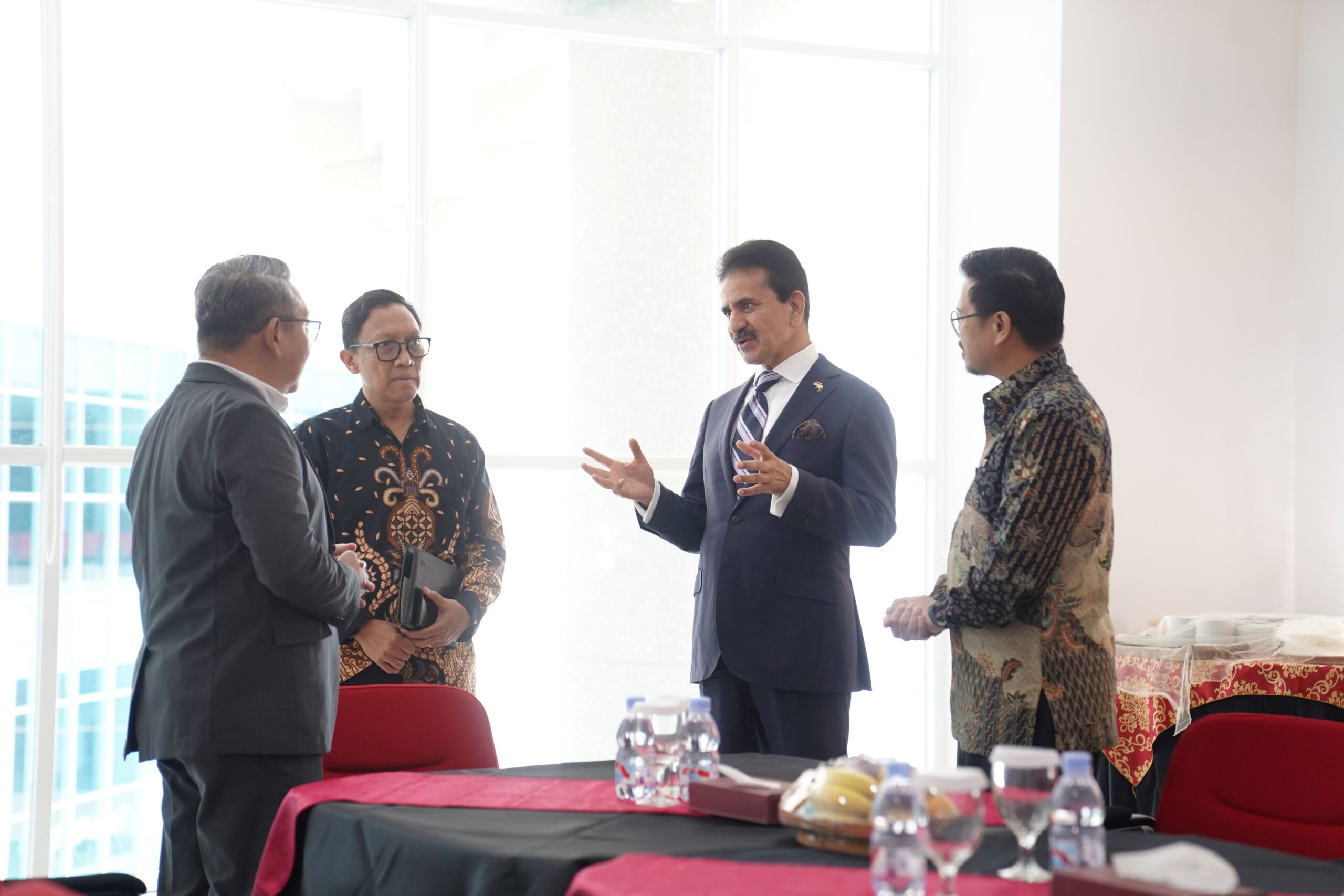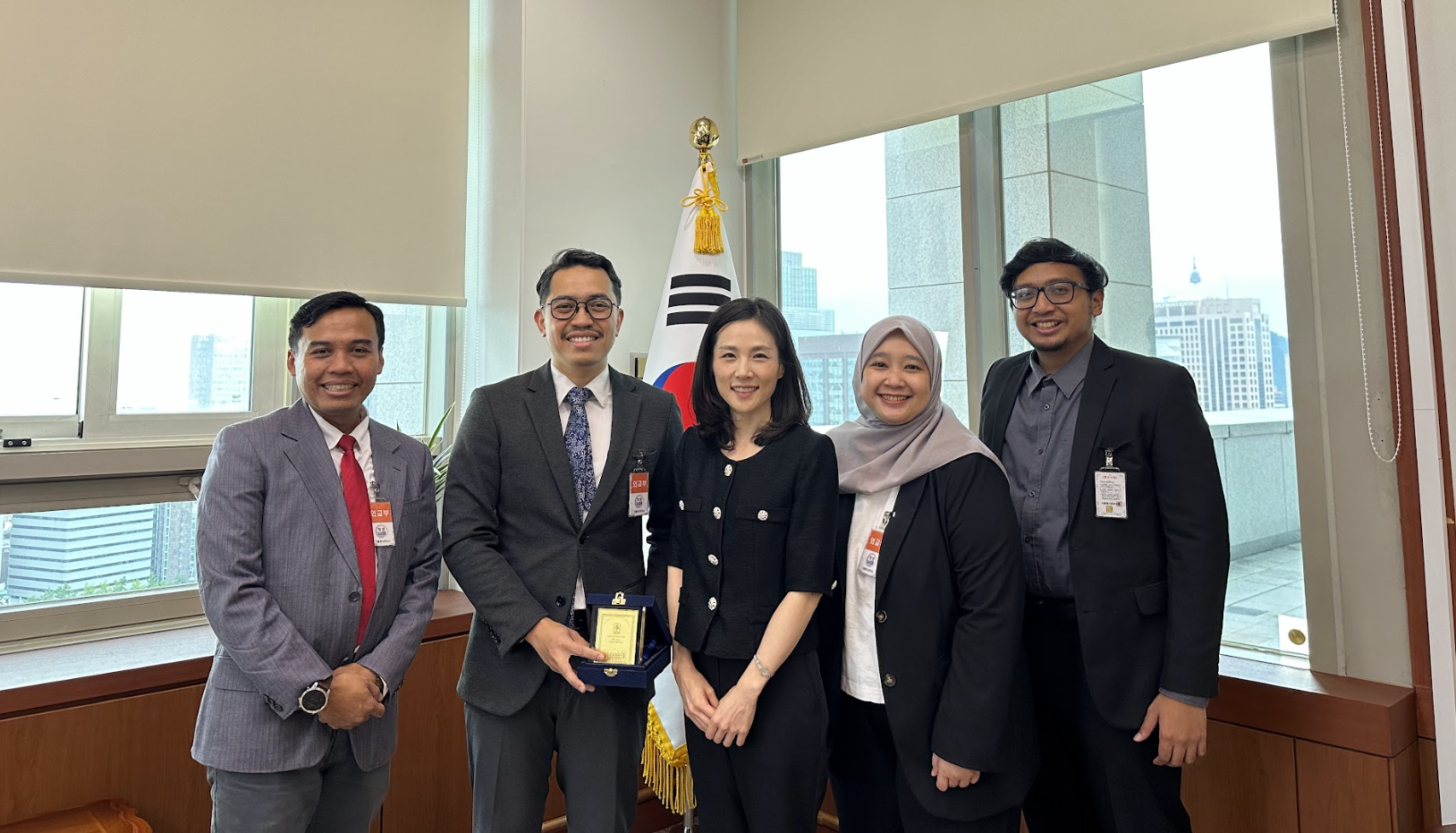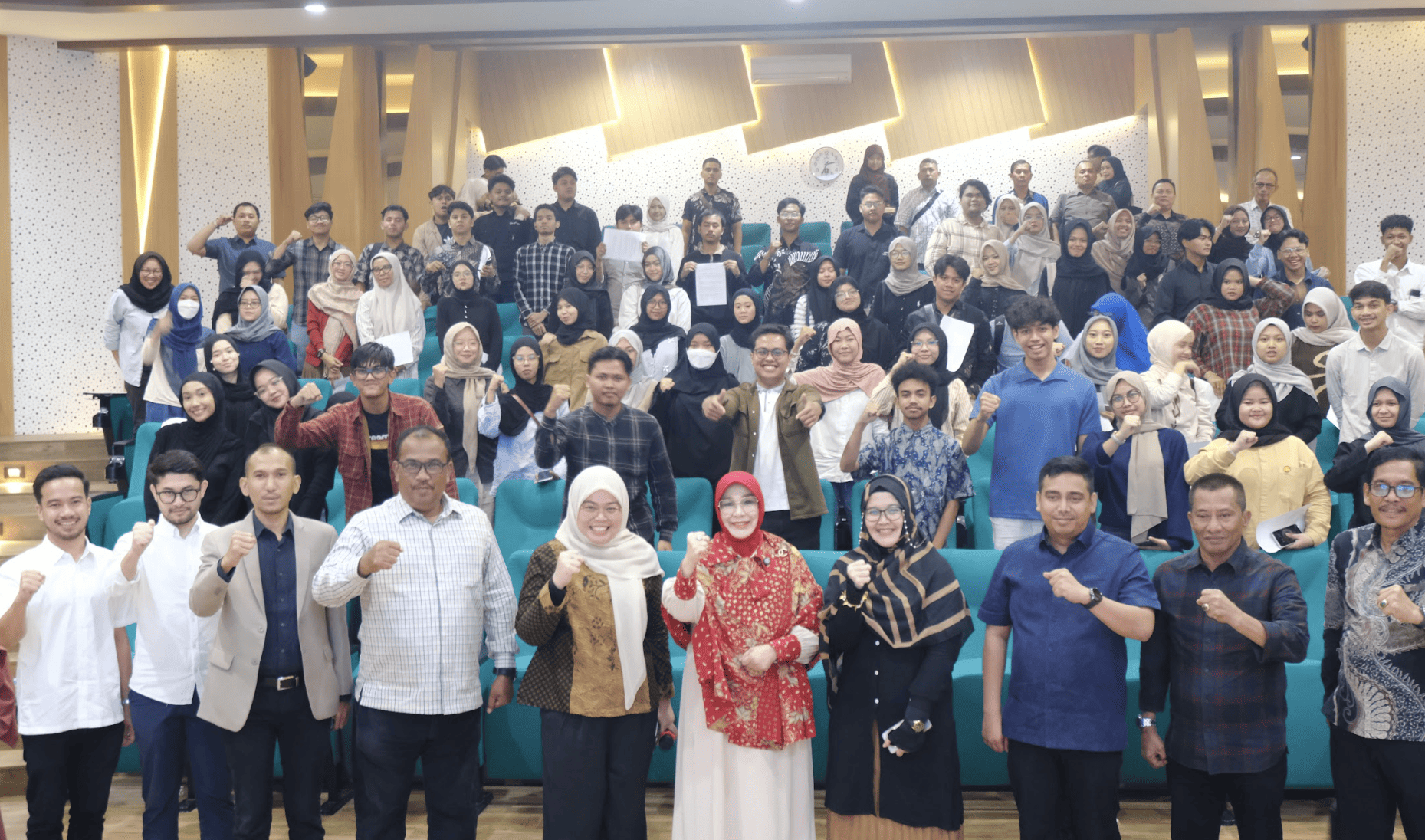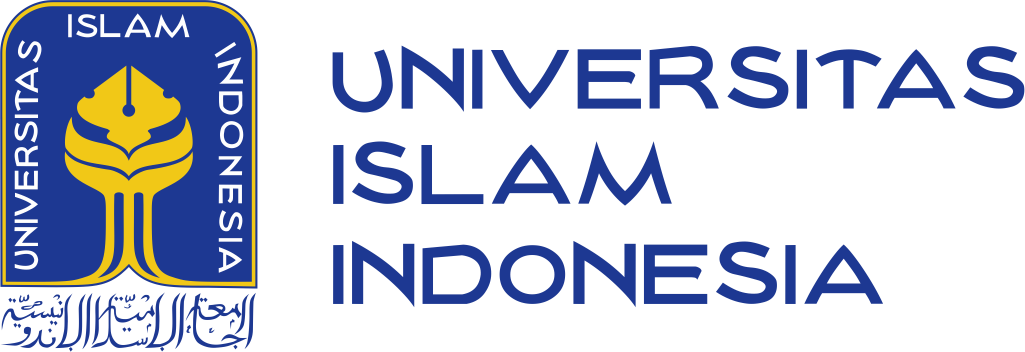The Ecumenical Patriarchate in Multireligious Istanbul
Written by Ikma Nur Fa’izah
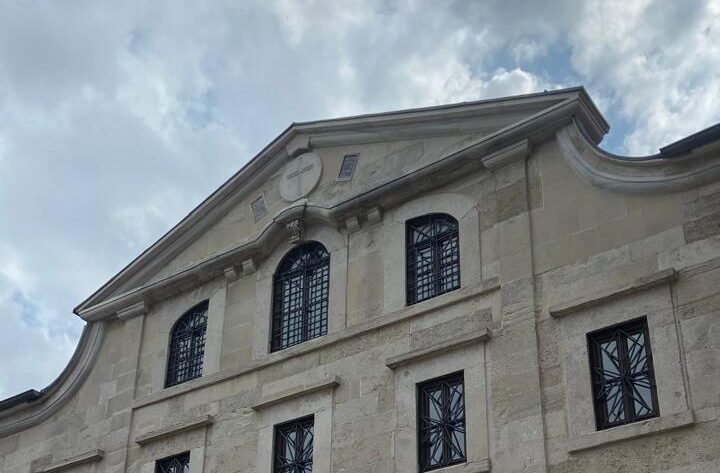
Picture 1. The Ecumenical Patriarchate in Istanbul during the visit, even though it was considered a heritage building of Orthodoxy still perfectly stayed as it was in the past.
Istanbul is a city that represents a diverse range of political, religious, and cultural influences. Historically, it was known as Byzantium and then Constantinople. It has long been a crossroads of civilizations, straddling both Europe and Asia. As the spiritual head of the Eastern Orthodox Church, the Ecumenical Patriarchate of Constantinople is one of the most important spiritual and cultural organizations in this varied landscape. This paper investigates the significance of the Ecumenical Patriarchate by following its historical beginnings, analyzing its function in contemporary Istanbul, and assessing its impact on worldwide Christian and interfaith relations.
The Ecumenical Patriarchate’s Historical Legacy
Founded by St. Andrew between AD 38 and AD 54, the bishopric of Byzantium served as the foundation for the modern Ecumenical Patriarchate of Constantinople (Archons of The Ecumenical Patriarchate in America, 2009). Following Constantine the Great’s relocation of the Roman Empire’s capital to Byzantium in 330, the patriarchate was elevated to the position of archbishopric. The future significance of the patriarchate was put in motion by the Council of Constantinople in 381, which acknowledged the bishop of Constantinople’s privileges as equivalent to those of the bishop of Rome.
A pivotal moment for the patriarchate occurred in 1453 with the fall of Constantinople to the Ottoman Turks. Recognizing the patriarch as the spiritual head of all Orthodox Christians living in the Ottoman Empire, Sultan Mehmed II restored the institution. Because of this acknowledgment, the patriarchate was able to carry on with its operations even when the political environment changed.
Istanbul’s Modern Ecumenical Patriarchate

Picture 2. The ongoing prayer on Saturday was conducted with great reverence and was respectfully observed by the congregation.
The Ecumenical Patriarchate is still operating today, carrying out its purpose in a largely secular and Muslim country, with its headquarters located in Istanbul’s Fener (Phanar) neighborhood. Despite these difficulties, the Patriarchate continues to be the spiritual head of almost 300 million Orthodox Christians worldwide, underscoring Istanbul’s resilient multireligious nature (Greek Orthodox Archdiocese of America, n.d.).
The role of the Patriarchate is multifaceted. It functions as the administrative hub of the Eastern Orthodox Church, under the spiritual guidance of the Patriarch, who is presently Bartholomew I. Known as the “Green Patriarch” due to his environmental advocacy, Patriarch Bartholomew I has raised the Patriarchate’s prominence internationally by actively advancing human rights, environmental stewardship, and interfaith communication.
Promoting communication amongst different religious communities is a major responsibility of the Patriarchate of Istanbul. Jews, Muslims, and Orthodox Christians coexist in the city, along with lesser Christian groups like the Catholic and Armenian Apostolic churches. Istanbul’s multireligious legacy is preserved in part by the Ecumenical Patriarchate’s ongoing engagement in programs that advance harmony and understanding amongst various communities.
Nonetheless, in contemporary Turkey, the Patriarchate confronts formidable obstacles. The Halki Seminary, which was the main theological institution for teaching Orthodox clergy until its closure in 1971, is still closed, which is one of the most urgent challenges. The Patriarchate’s capacity to train future clergy has been hampered by the Turkish government’s refusal to restore the seminary, which is indicative of larger conflicts between the Turkish government and religious minorities. This problem, which has not been resolved despite pressure from abroad, highlights the difficulties associated with religious freedom in Turkey.
Ecumenism and Interfaith Dialogue
The Ecumenical Patriarchate’s dedication to ecumenism and interfaith communication has been a fundamental component of its purpose under Bartholomew I. The term “ecumenism” describes initiatives to foster harmony amongst Christian groups, especially between Protestantism, Roman Catholicism, and Eastern Orthodoxy. Leading these efforts has been the Patriarchate, particularly after the historic 1965 encounter between Patriarch Athenagoras I and Pope Paul VI, which started the process of rapprochement between the Eastern Orthodox and Roman Catholic churches.
By encouraging communication with other world religions, especially Islam, as well as different Christian groups, Patriarch Bartholomew I has carried on this tradition. Reaching out to Islamic leaders is especially important for the Patriarchate because it is situated in a country where Muslims make up the majority. For the Christian and Muslim communities in Turkey and around the world, this relationship is essential to promoting peaceful coexistence and respect for one another. The Patriarchate’s emphasis on communication is a reflection of its conviction that religious organizations are essential for fostering world peace and tackling issues like social injustice and environmental deterioration.
The Ecumenical Patriarchate as a Symbol of Istanbul’s Multireligious Heritage
The Ecumenical Patriarchate is a crucial representation of Istanbul’s Christian legacy in a city known for its long history of religious diversity. The Patriarchate represents the city’s great religious diversity alongside Islamic establishments like the Hagia Sophia and Jewish locations like the Neve Shalom Synagogue (Geanakoplos, n.d.). Its continuous existence in Istanbul is evidence of the various religions’ centuries-long coexistence in the city. Serving as a link between many religious communities, the Patriarchate symbolizes both the spiritual and historical continuity of Eastern Orthodoxy. The Patriarchate helps to maintain Istanbul’s multireligious identity by actively participating in interfaith discourse and encouraging respect for one another (Greek Orthodox Archdiocese of America, n.d.). Because of its emphasis on social justice and environmental stewardship, it is seen as a moral and ethical guidepost for addressing modern global issues.
The Patriarchate in a Global Context
The Ecumenical Patriarchate’s influence extends far beyond Istanbul. It serves as a beacon of hope for Orthodox Christians worldwide, offering spiritual guidance and leadership. Patriarch Bartholomew I’s initiatives, such as his environmental advocacy, have garnered international recognition, including from organizations like the United Nations. His efforts to promote interfaith dialogue have also positioned the Patriarchate as a key player in global religious diplomacy.
The Patriarchate’s global outreach includes organizing international conferences and symposia on topics like environmental sustainability and peacebuilding. These events bring together leaders from various faiths, fostering collaboration and mutual understanding. For example, the Patriarchate has hosted dialogues on the Bosphorus, inviting religious leaders to discuss pressing global challenges, further cementing its role as a leader in interfaith cooperation.
Challenges and Future Prospects
Despite its global influence, the Ecumenical Patriarchate faces significant challenges in Turkey. The closure of the Halki Seminary remains a critical issue, limiting the training of future Orthodox clergy. Additionally, the Patriarchate operates in a complex political environment where its status as a religious minority institution is often scrutinized. Restrictions on property ownership and legal recognition further complicate its operations.
However, the Patriarchate remains resilient, adapting to these challenges while continuing to advocate for religious freedom and interfaith harmony. Its ability to navigate these difficulties while maintaining its global influence is a testament to its enduring significance.
Conclusion
The Ecumenical Patriarchate of Constantinople stands as a powerful symbol of Istanbul’s multireligious heritage and a vital force in global religious discourse. From its historical roots in Byzantium to its modern role under Patriarch Bartholomew I, the Patriarchate has consistently championed unity, dialogue, and social responsibility. Despite challenges like the closure of the Halki Seminary, it continues to serve as a spiritual and moral guide for millions, fostering peace and understanding in a diverse and often divided world. Its legacy is a reminder of the power of faith and dialogue to bridge divides and shape a better future.
References
Archons of The Ecumenical Patriarchate in America. (2009). History of the Ecumenical Patriarchate. Retrieved January 2, 2025, from https://www.archons.org/history
Geanakoplos, D. J. (n.d.). Constantinople and the West: Essays on the Late Byzantine (Palaeologan) and Italian Renaissances and the Byzantine and Roman Churches. University of Wisconsin Press.
Greek Orthodox Archdiocese of America. (n.d.). The Ecumenical Patriarchate. Retrieved January 2, 2025, from https://www.goarch.org/ecumenical-patriarchate

